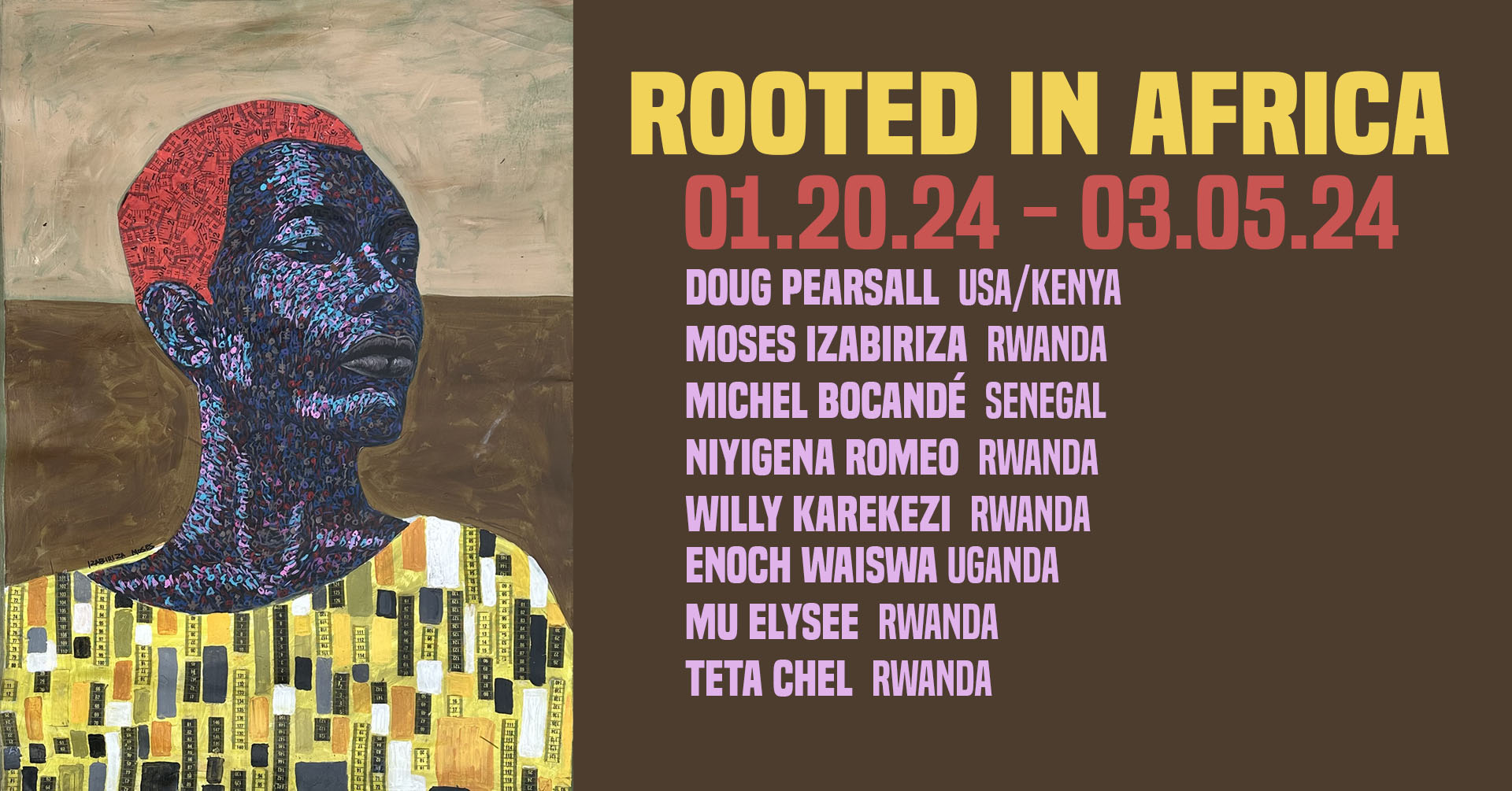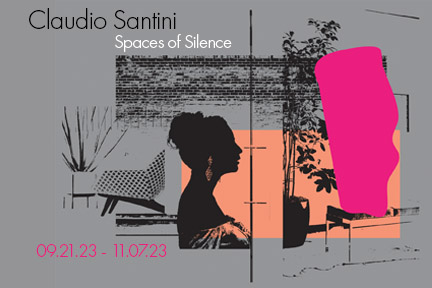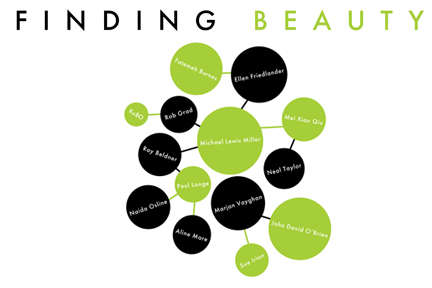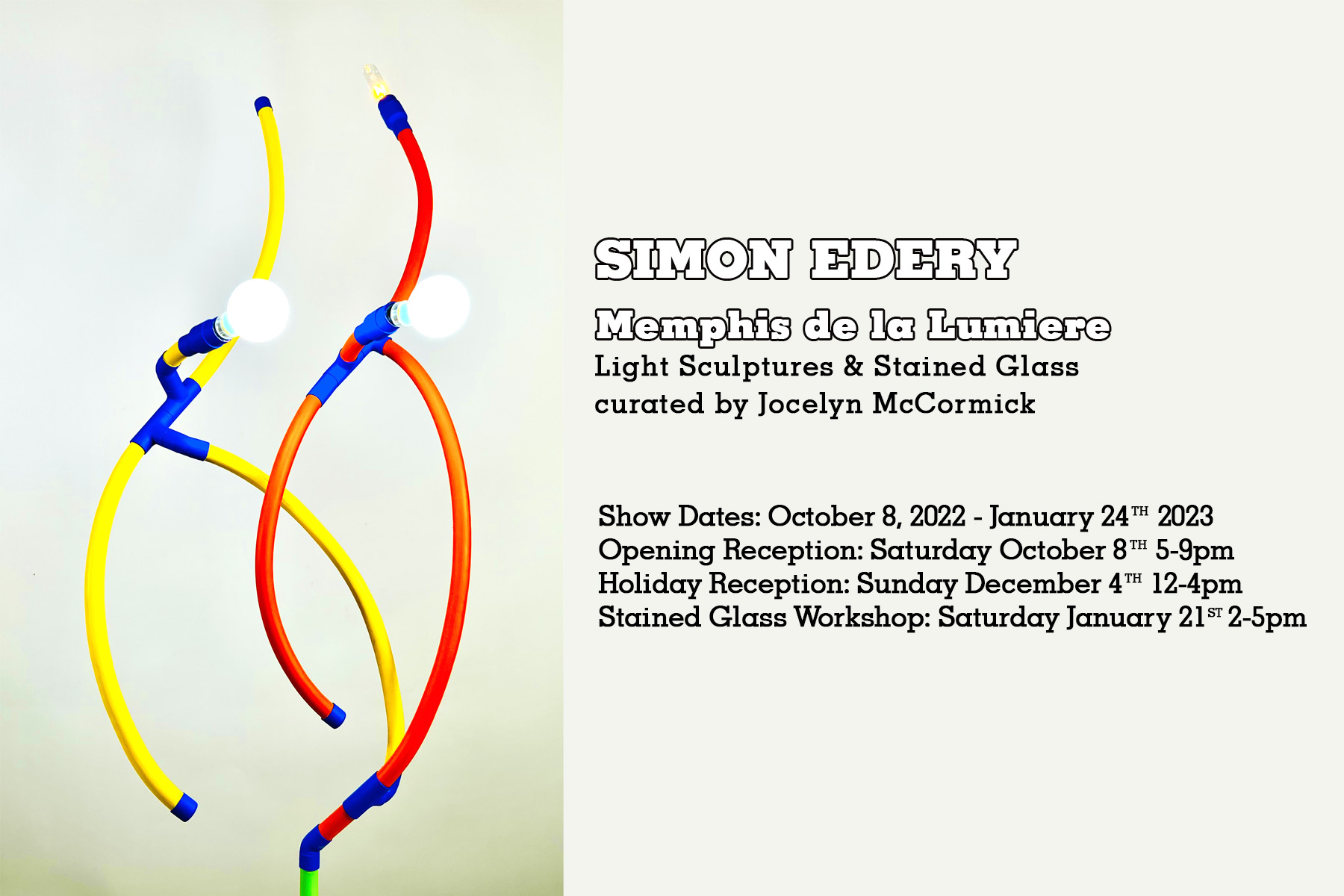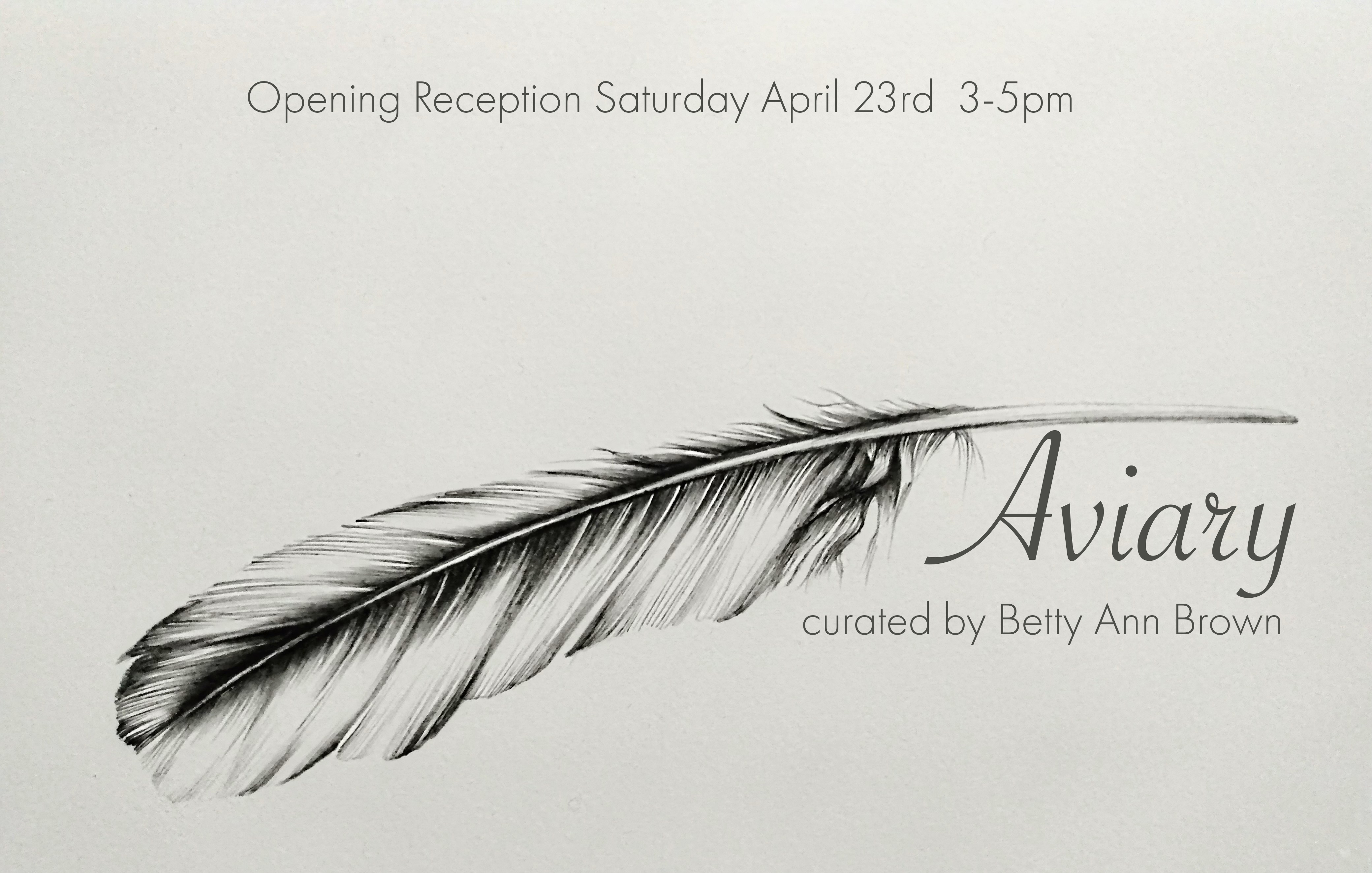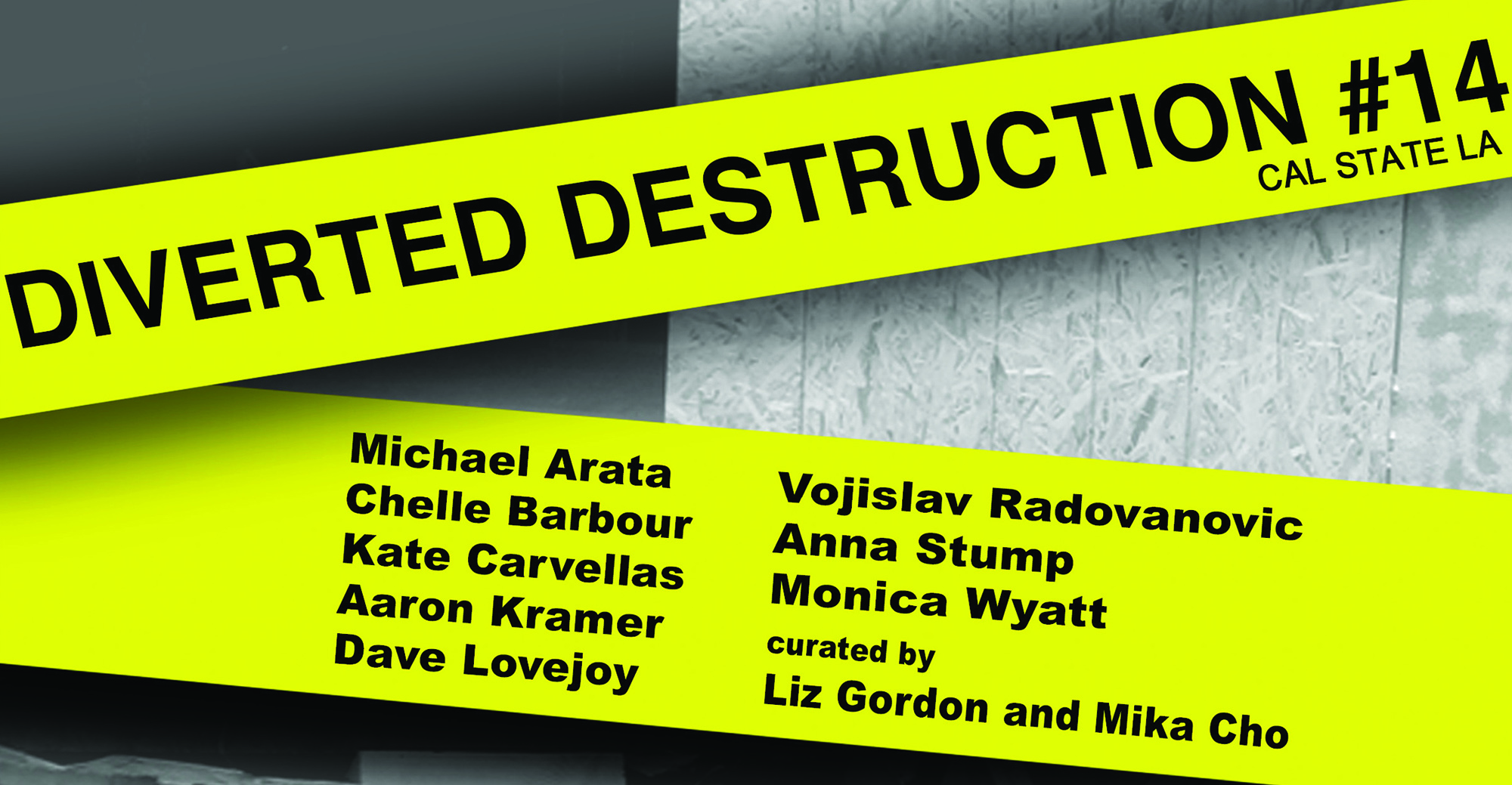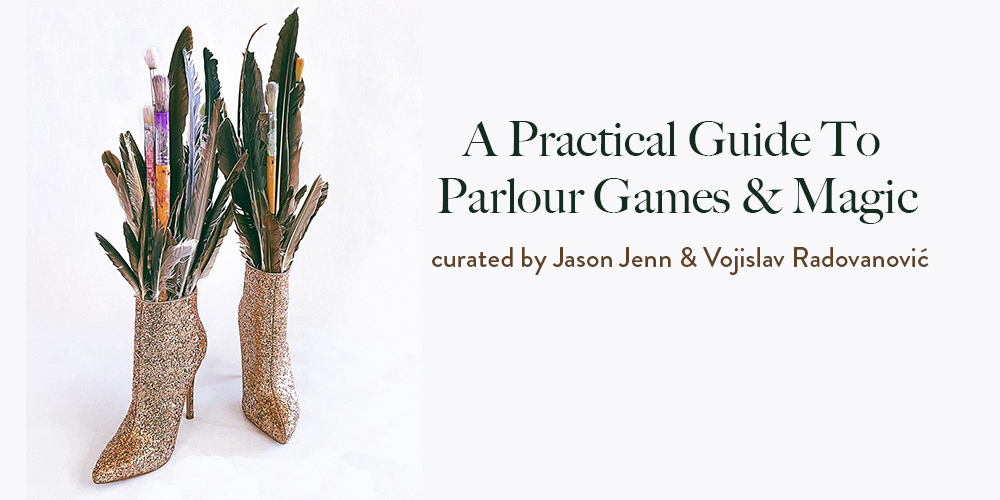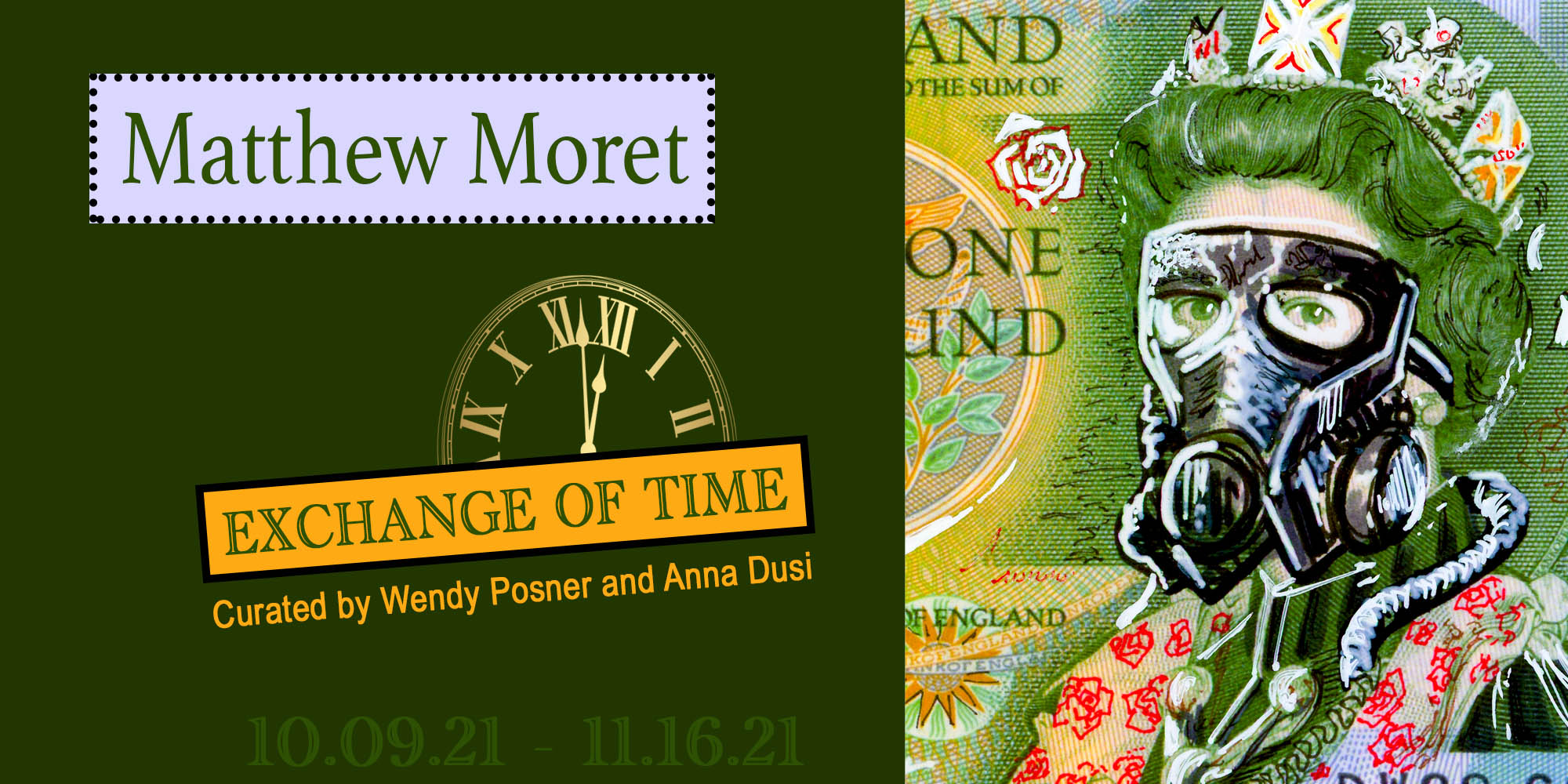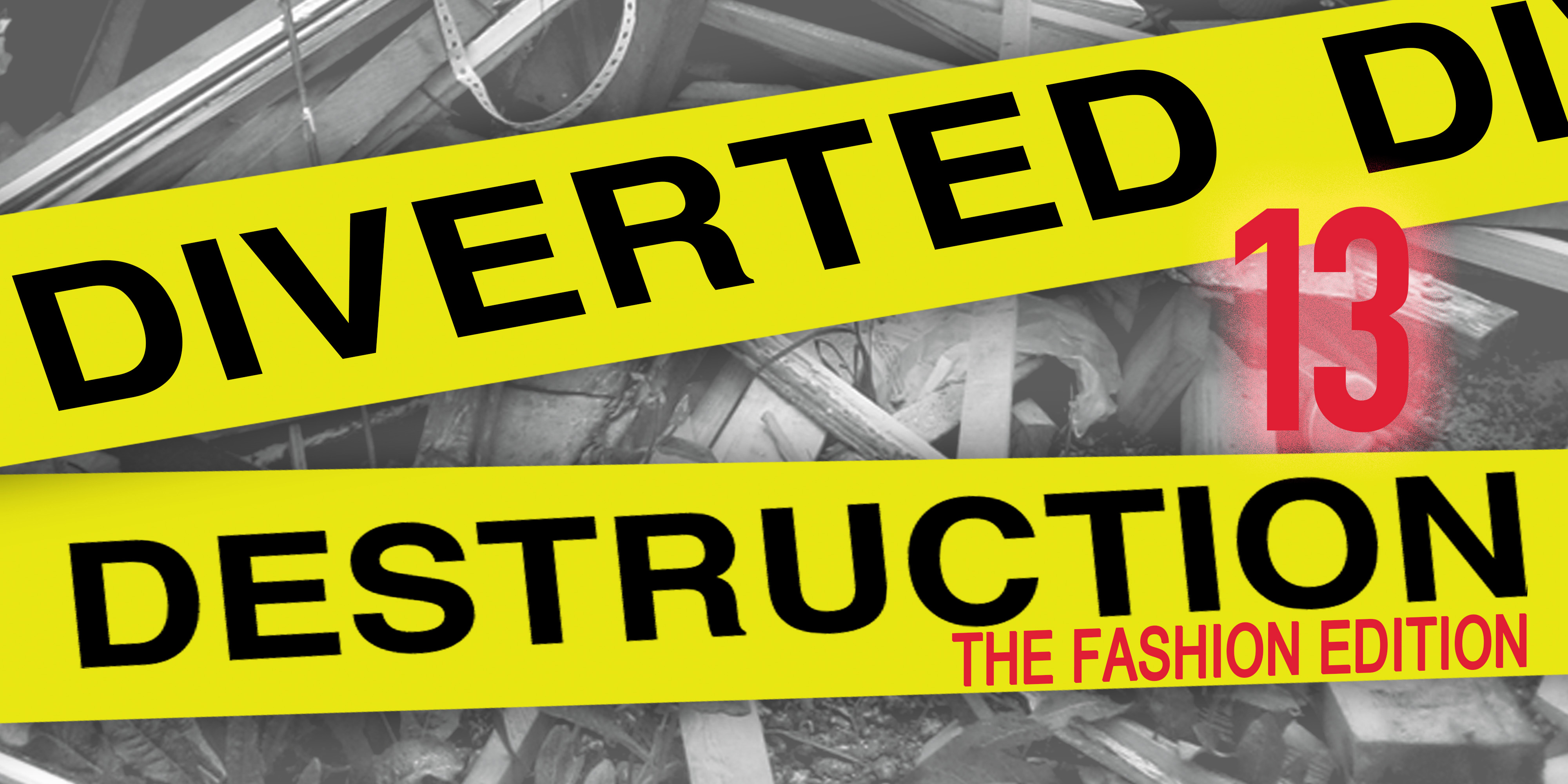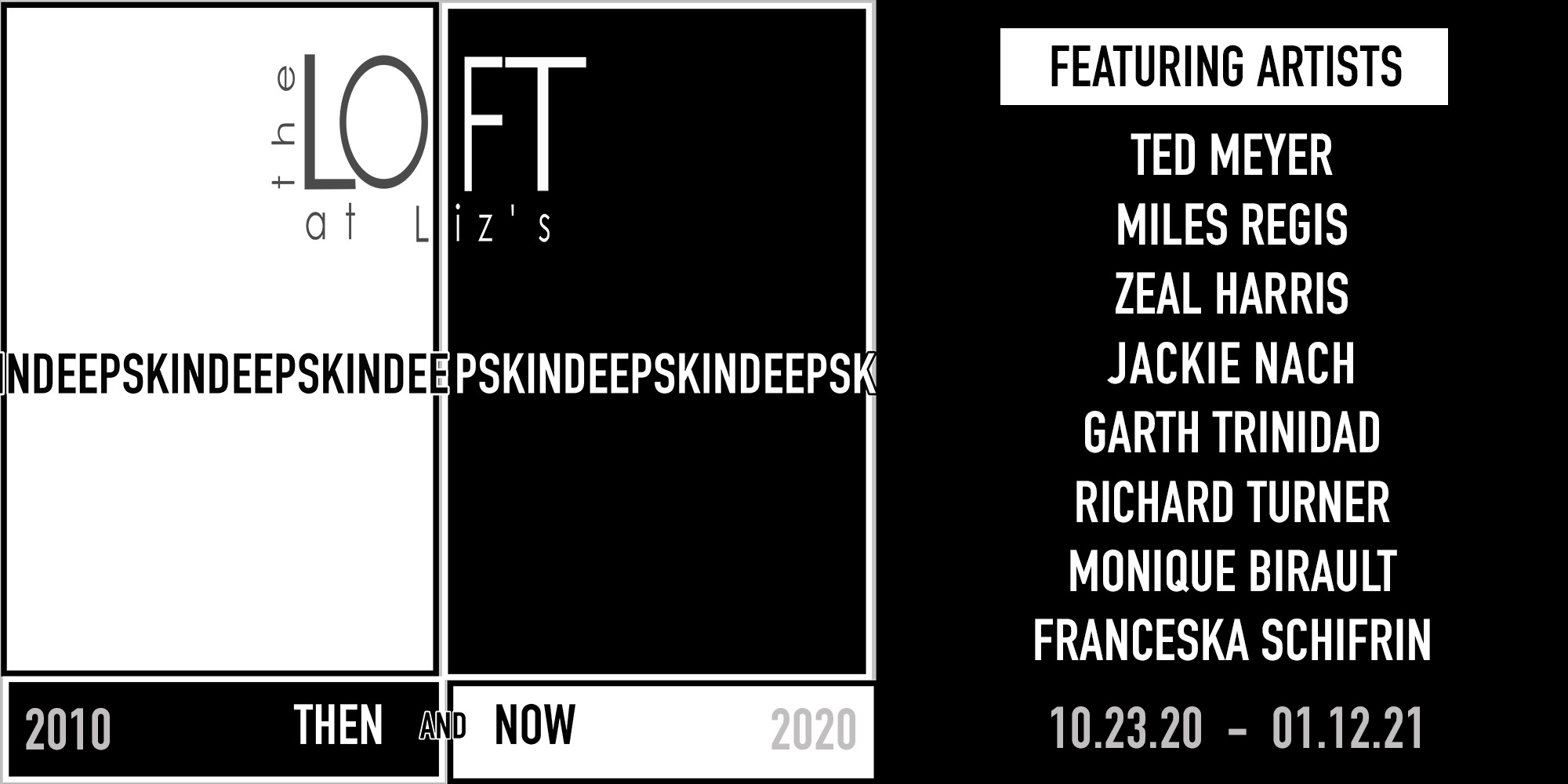Hadi Salehi
liz | November 15th, 2011 | Pages | Comments Off on Hadi Salehi
Hadi Salehi was born in Chahsavar in northern Iran near the Caspian Sea. He started taking pictures in his early teens with a Russian Lubitel, which he still owns today. In 1978, he graduated from Tehran University and received a grant to study film in the United States. He started working as an assistant to photographers in the Los Angeles area until a patron noticed him and encouraged him to apply to the Art Center of Design in Pasadena. His grasp of the medium was so complete that he was initially hired to work in the color lab and allowed to take classes. He earned his degree in photography while working under such instructors as Art Kane, Tim Bradley, JP, and Jeff Sedlik. He quickly became the instructor for Color Theory and then an instructor in the color lab. He had outgrown the conventional approach to photography and pushed the limits of his medium. He liked to experiment with the development process and was known to take cameras apart just to manipulate the shot or pull apart the emulsion to deconstruct and reconstruct the image. His work is diverse but retains a common element that makes them recognizably his. His portraits are both powerful and soft leaving a haunting quality that lingers in the psyche. He wants to create a collective awareness and be a cultural messenger through his images. Salehi has worked as a professional photographer for Adidas, Billabong, Gotcha, Sony, TOOL, Nike and the Los Angeles Times magazine. He has been actively making short films and exhibiting works in galleries throughout the Los Angeles area.
RED has been in my mind for most of my life: red is blood. Blood is our stream in every second of life and love, which is essential to our existence. Writing with red is like signing with your blood. If we look around this planet, red is dominate. If you want justice it brings attention. So we see red and it causes us to be alert; it gets our attention and brings awareness. Writing with red on images tells us, “Look, we have a problem here. Be aware, be alert!.”






